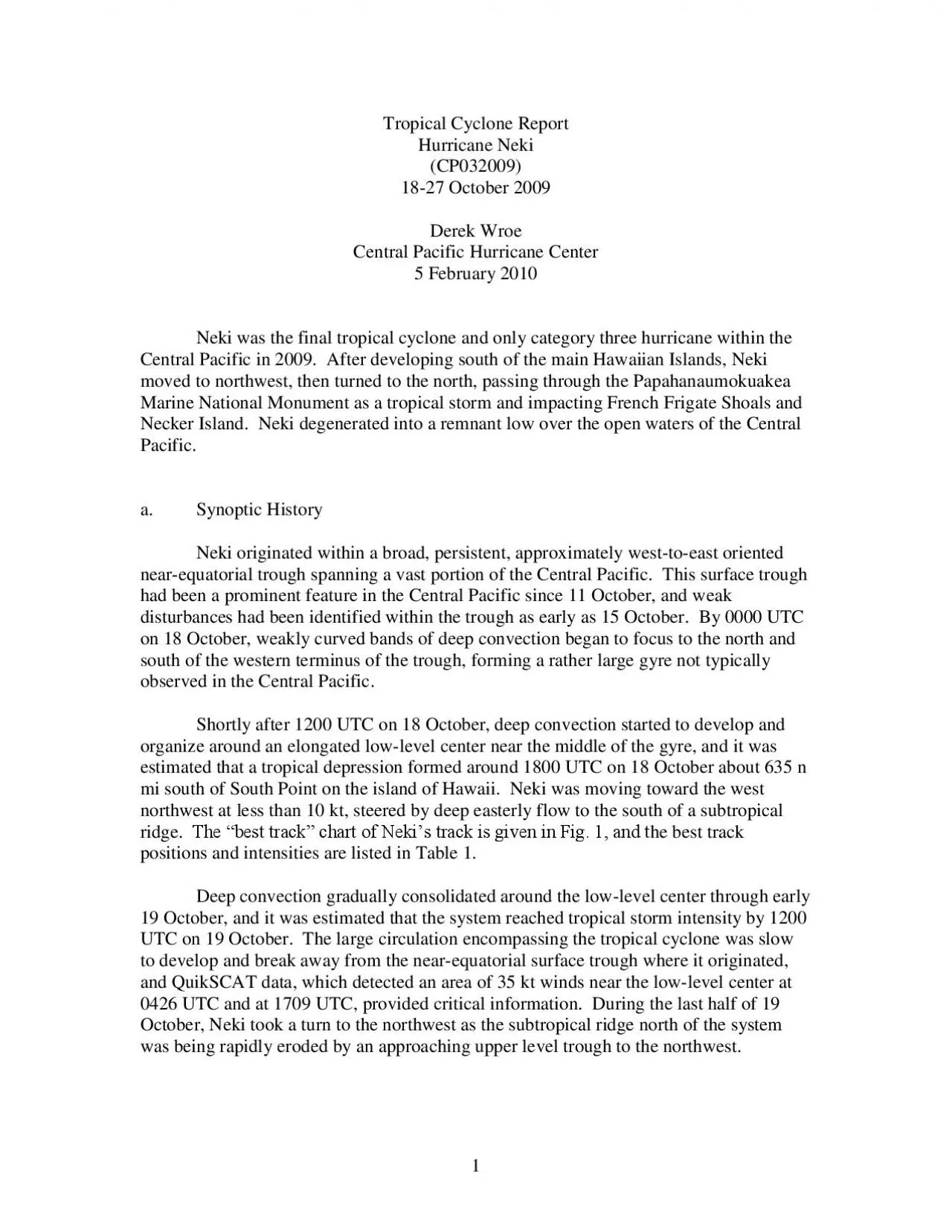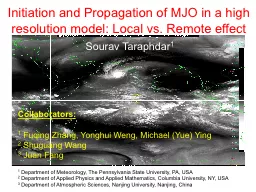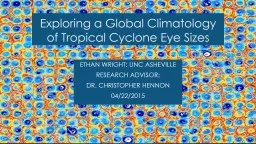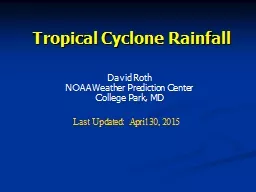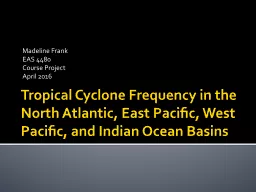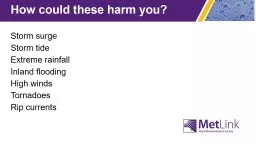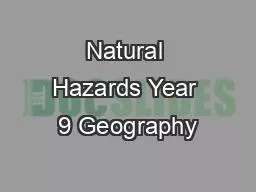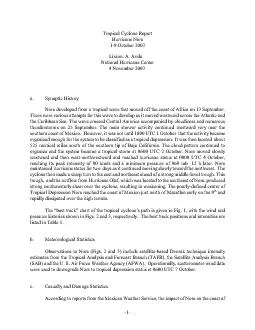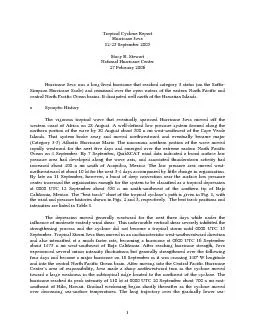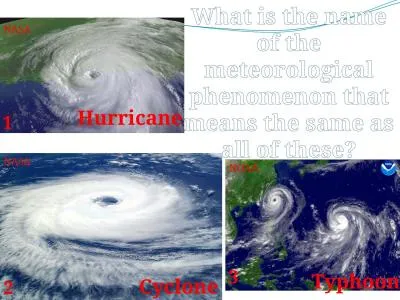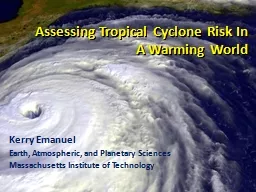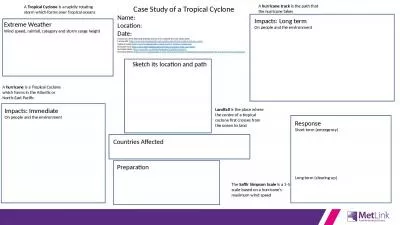PDF-Tropical Cyclone Report
Author : taylor | Published Date : 2021-03-17
1 Hurricane Neki CP032009 18 27 October 2009 Derek Wroe Central Pacific Hurricane Center 5 February 2010 Neki was the final tropical cyclone and only category
Presentation Embed Code
Download Presentation
Download Presentation The PPT/PDF document "Tropical Cyclone Report" is the property of its rightful owner. Permission is granted to download and print the materials on this website for personal, non-commercial use only, and to display it on your personal computer provided you do not modify the materials and that you retain all copyright notices contained in the materials. By downloading content from our website, you accept the terms of this agreement.
Tropical Cyclone Report: Transcript
Download Rules Of Document
"Tropical Cyclone Report"The content belongs to its owner. You may download and print it for personal use, without modification, and keep all copyright notices. By downloading, you agree to these terms.
Related Documents

